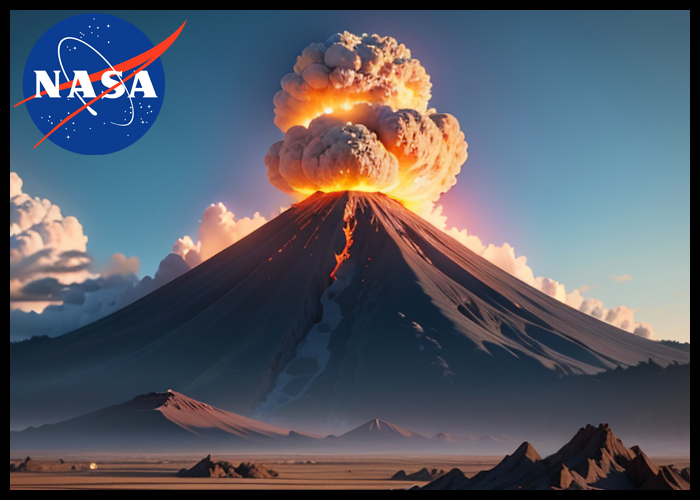NASA and the Smithsonian Institution have embarked on a pioneering collaboration that is transforming how volcanic activity is detected by monitoring changes in tree leaves from space. This innovative approach leverages satellite imagery and airborne sensors to observe subtle shifts in vegetation health around volcanoes, providing an early warning system that could save lives and property in vulnerable regions.
Volcanic eruptions pose significant hazards to millions worldwide, with about 10 percent of the global population living in areas susceptible to volcanic risks such as ejected rock, toxic gases, ashfall, mudslides, and tsunamis. Early detection of volcanic unrest is critical because eruptions cannot be prevented, only anticipated and mitigated through timely evacuations and safety measures. Traditional volcano monitoring methods include seismic activity tracking, ground deformation measurements, and gas emission analysis, particularly sulfur dioxide, which is more easily detected from orbit. However, one of the earliest signs of volcanic awakening—carbon dioxide emissions released as magma rises underground—is notoriously difficult to measure directly from space due to its subtle concentration changes.
The NASA-Smithsonian collaboration addresses this challenge by focusing on how trees respond to volcanic carbon dioxide emissions. As magma ascends, it releases carbon dioxide that seeps through the soil and is absorbed by surrounding vegetation. This uptake causes trees to become greener and more lush, changes that are detectable in satellite images. By analyzing the spectral signatures of tree leaves captured by NASA’s Landsat 8, Terra satellites, and the European Space Agency’s Sentinel-2, scientists have identified a strong correlation between leaf color changes and increased volcanic carbon dioxide emissions. This novel proxy allows researchers to indirectly monitor volcanic gas emissions by observing vegetation health from space.
To validate these satellite observations, ground-based studies are conducted near active volcanoes such as Rincon de la Vieja in Costa Rica. Researchers collect leaf samples and measure local carbon dioxide levels to confirm that greener foliage corresponds to volcanic gas exposure. Airborne missions like the Airborne Validation Unified Experiment: Land to Ocean (AVUELO), a joint NASA-Smithsonian effort, deploy spectrometers on research aircraft to analyze plant colors over volcanic regions in Panama and Costa Rica. This interdisciplinary research intersects ecology and volcanology, enhancing understanding of how trees react to volcanic gases and how these responses can serve as early eruption indicators.
The advantages of this approach are significant. Trees are widespread across volcanic landscapes and act as natural sensors, responding to environmental changes that might be imperceptible otherwise. Monitoring vegetation from space enables coverage of large, often inaccessible areas, providing continuous data that complements traditional volcanic monitoring techniques. The integration of satellite data, airborne measurements, and ground validation is enabling the development of sophisticated algorithms to detect and interpret vegetative changes associated with volcanic unrest. This multi-faceted monitoring system aims to improve the lead time and accuracy of volcanic eruption forecasts, ultimately enhancing public safety.
Florian Schwandner, chief of the Earth Science Division at NASA’s Ames Research Center, highlights that while volcano early warning systems already exist, this collaboration seeks to make them better and earlier. The 2017 successful forecast of a major eruption in the Philippines, enabled by upgraded gas monitoring including carbon dioxide, exemplifies the life-saving potential of improved detection methods. By adding vegetation monitoring to the toolkit, scientists hope to capture the earliest signs of volcanic activity, giving communities more time to prepare and respond.
In conclusion,
the NASA-Smithsonian collaboration represents a breakthrough in volcanic monitoring by harnessing the subtle signals trees send in response to volcanic carbon dioxide emissions. This interdisciplinary effort combines remote sensing, ecology, and volcanology to create a novel, space-based early warning system. As satellite technology and data analysis techniques continue to advance, monitoring tree leaves from space is poised to become a vital component in forecasting volcanic eruptions, reducing risks, and safeguarding lives around the world.

